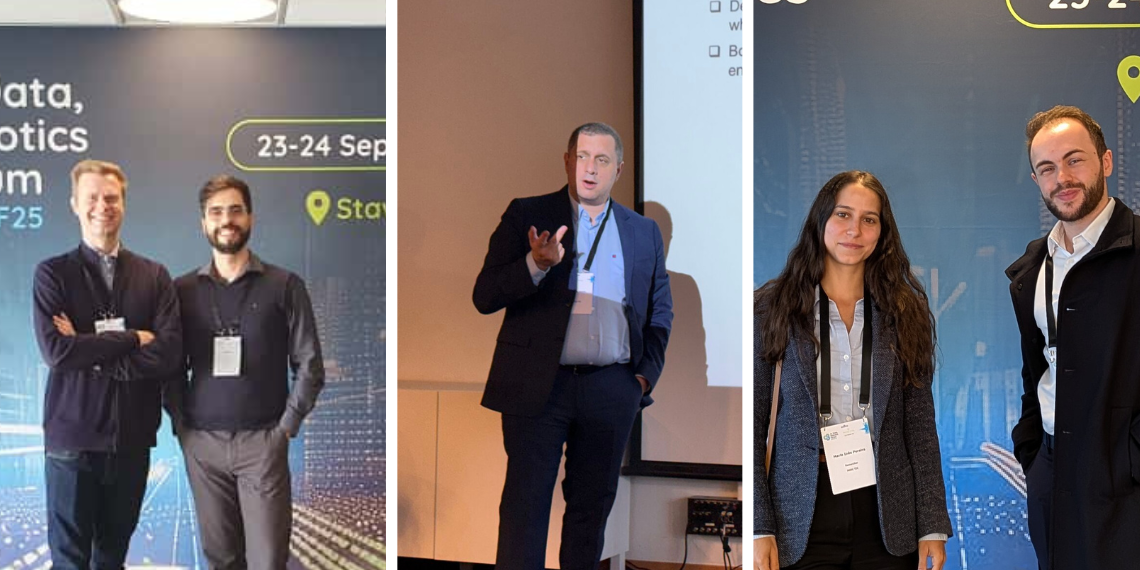Inteligência Artificial
A Inteligência Artificial é um domínio científico com décadas de existência que tem vindo a aumentar a sua importância e impacto na ciência, na economia e na sociedade. Com origem fundamentalmente nas Ciências da Computação, a IA tem fortes influências de outros domínios científicos, nomeadamente da matemática, da neurociência, da linguística, da psicologia, da filosofia e da física.
No século XXI, a IA registou avanços significativos, nomeadamente em áreas dominadas pela aprendizagem automática e, mais especificamente, pela aprendizagem profunda. Estes domínios incluem o processamento da linguagem natural, a visão computacional, a produção de conteúdos e os sistemas de recomendação. A Inteligência Artificial tem já um impacto significativo em muitos sectores, incluindo os cuidados de saúde, a energia, as finanças, os transportes e a indústria transformadora, e está também a desempenhar um papel cada vez mais importante na nossa vida quotidiana, desde os assistentes virtuais aos sistemas de recomendação online. O legado simbólico da IA é também muito significativo, com raízes na lógica matemática, na linguística e na psicologia.
Atualmente, as abordagens simbólicas abrem caminhos para a compreensão e transparência dos sistemas de IA. Para além da necessidade de grandes quantidades de dados de alta qualidade (para uma aplicação correta), a influência crescente da Inteligência Artificial exige avanços rápidos na fiabilidade das ferramentas fornecidas, sobretudo na interpretação das previsões e decisões, na generalização a situações invisíveis e mesmo imprevisíveis e na robustez face a dados enviesados ou a resultados pouco éticos.






